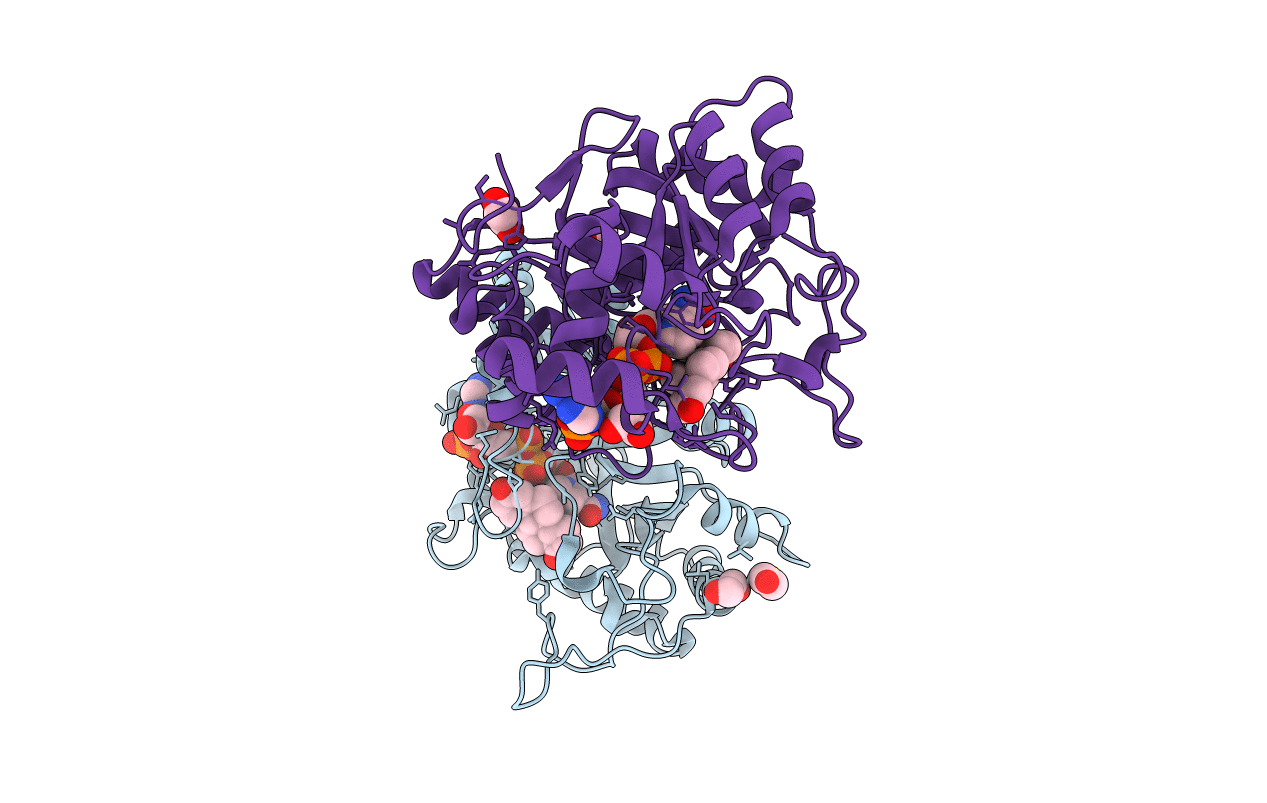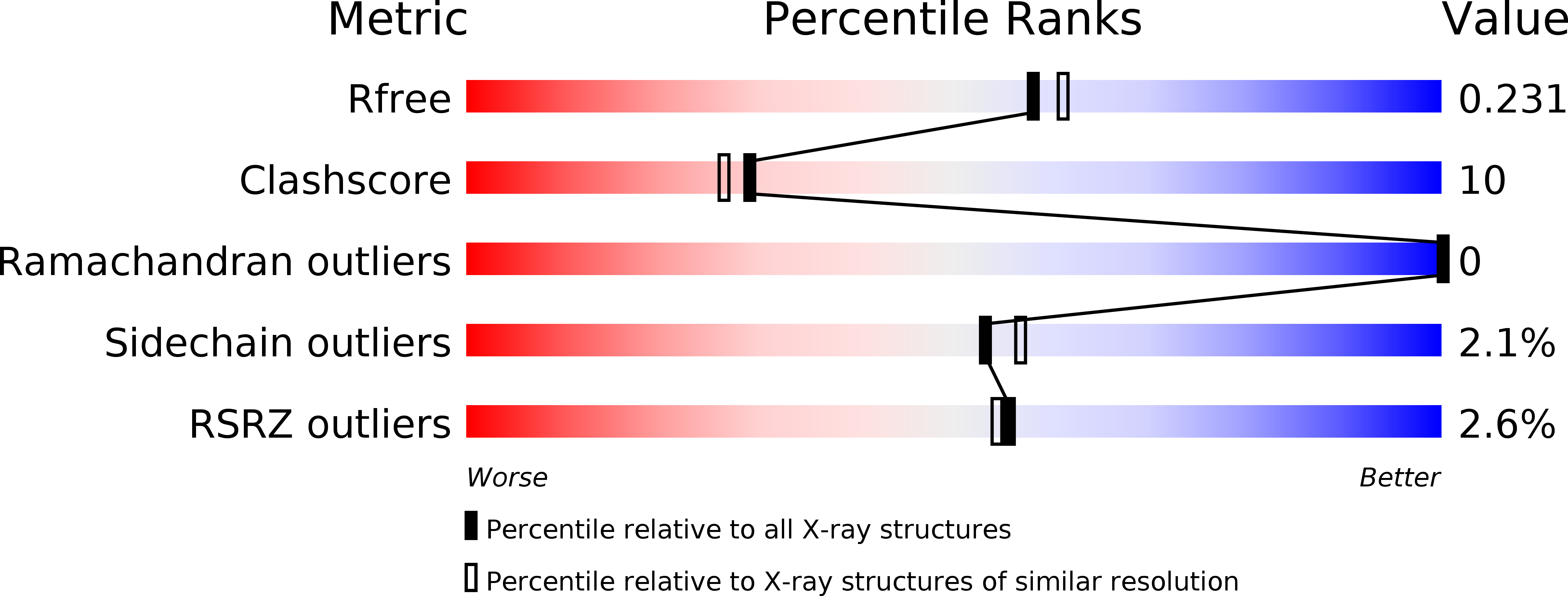
Deposition Date
2008-02-20
Release Date
2008-12-09
Last Version Date
2024-02-21
Entry Detail
PDB ID:
3CAS
Keywords:
Title:
Crystal structure of 5beta-reductase (AKR1D1) in complex with NADP+ and 4-androstenedione
Biological Source:
Source Organism:
Homo sapiens (Taxon ID: 9606)
Host Organism:
Method Details:
Experimental Method:
Resolution:
2.00 Å
R-Value Free:
0.23
R-Value Work:
0.20
Space Group:
P 21 21 21


